(Updated On: 21 June 2024)
Introduction:
The cryptocurrency market is constantly growing, with new narratives emerging all the time. We’ve witnessed the rise of Web3, Decentralized Finance (DeFi), Non-Fungible Tokens (NFTs), and the integration of Artificial Intelligence (AI) and Real-World Assets (RWAs) into the blockchain space. Now, a new contender is entering the ring: DePIN (Decentralized Physical Infrastructure Networks).
In this article, we are going to see what the DEPINs are.
Table of Contents
- 1 What is DePIN (Decentralized Physical Infrastructure Networks)?
- 2 How Does DePIN Work?
- 3 1. Physical Infrastructure:
- 4 2. Middleware:
- 5 3. Blockchain:
- 6 What Are the Benefits of DePIN?
- 7 1. Permissionless Access:
- 8 2. Scalability:
- 9 3. Community Control:
- 10 4. Fair and Transparent Pricing
- 11 5. Cost-Effective Operations
- 12 DePIN Crypto Tokens:
- 13 1. Akash Network (AKT):
- 14 2. Bittensor Tao (TAO):
- 15 3. Filecoin (FIL):
- 16 4. Render (RNDR):
- 17 5. The Graph (GRT):
- 18 Conclusion:
What is DePIN (Decentralized Physical Infrastructure Networks)?
Traditionally, infrastructure like roads, electricity grids, and the internet has been built by large corporations or governments with substantial financial resources. However, the world of cryptocurrency introduces a revolutionary concept: Decentralized Physical Infrastructure Networks (DePINs).
DePINs represent a paradigm shift. They incentivize individuals to participate in building physical infrastructure networks by rewarding them with cryptocurrency. This means that ordinary people can now contribute to building infrastructure using their own resources, such as computers, hard drives, wireless network nodes, or even in-car tracking devices.
In essence, DePINs enable a bottom-up approach to infrastructure development, as opposed to the traditional top-down model dominated by governments and large corporations.
How Does DePIN Work?
DePINs seamlessly connect physical infrastructure to the blockchain, creating a decentralized ecosystem for infrastructure development and resource sharing. Let’s break down the key players in this system:
1. Physical Infrastructure:
Think of any tangible asset that contributes to infrastructure, like internet routers, sensors, or even solar panels. These facilities are typically managed by private providers, who may already own them before joining a DePIN project. Similar to Proof-of-Work (PoW) blockchains where miners contribute computing power, as many private providers as possible can contribute their facilities to a DePIN network.
2. Middleware:
Imagine a decentralized oracle network (DON) that bridges the gap between the real world and blockchain applications. The DePIN middleware plays a similar role. It acts as the translator, collecting data on activities happening within each physical facility and relaying it to the DePIN network.
3. Blockchain:
The data gathered by the middleware gets sent to the blockchain. Here’s where the magic happens:
- Demand Management: Based on this data, the blockchain intelligently distributes user demand across various providers, ensuring efficient resource allocation.
- Reward Distribution: The blockchain calculates rewards for each provider based on their contribution (facility usage). These rewards are distributed in cryptocurrency.
- User Interaction and Payment: The blockchain also handles resource procurement for users. Pricing models are integrated into the system, automatically charging users for the services they utilize.
What Are the Benefits of DePIN?
DePINs offer several key benefits that pave the way for a more democratic and efficient infrastructure sector:
1. Permissionless Access:
DePINs embrace an open approach. Anyone with resources can contribute to a DePIN network, and anyone can leverage the services it offers. There’s no centralized control over pricing or user access. Once a provider has the necessary infrastructure, they can readily participate in a DePIN network, similar to how users can easily deploy a liquidity pool on a Decentralized Exchange (DEX) or access loans in a DeFi money market.
2. Scalability:
DePINs break away from the traditional method of scaling infrastructure, where capacity increases are tied directly to individual resources. Instead, DePIN networks can expand their capabilities by adding new resources, offering greater flexibility. This allows DePIN-based facilities to easily scale up or down based on demand. The blockchain acts as the central authority, managing available resources and efficiently distributing demand across various providers.
3. Community Control:
Similar to Decentralized Finance (DeFi), DePINs decentralize infrastructure systems. Control shifts from corporations to a collective of individuals contributing their resources. Providers, analogous to miners in a Proof-of-Work (PoW) network, share control over the facility. DePINs essentially function as a kind of industrial DAO (Decentralized Autonomous Organization), where participants contribute resources and wield control proportional to their capacity. In a system with equal provider capacity, DePINs become an almost perfectly decentralized infrastructure solution.
4. Fair and Transparent Pricing
DePIN pricing models differ significantly from traditional infrastructure costs. Factors like individual provider operating costs and network-related expenses contribute to the pricing model. Since the platform itself doesn’t incur costs to provide facilities, additional platform fees are minimized. Overall, DePIN pricing is expected to be cheaper and fairer, focusing on basic cost factors and avoiding inflated prices often associated with centralized entities. Additionally, a system powered by the people is more likely to prioritize affordability in its pricing model.
5. Cost-Effective Operations
DePIN networks require minimal investment to establish, with providers enjoying flexibility in the services they offer. For example, a provider can contribute their facility to multiple networks to maximize utilization. Users also benefit from fair pricing for the services they access. By design, DePINs aim to deliver optimal service at the lowest possible cost, promoting a cost-effective and efficient overall system.
DePIN Crypto Tokens:
1. Akash Network (AKT):
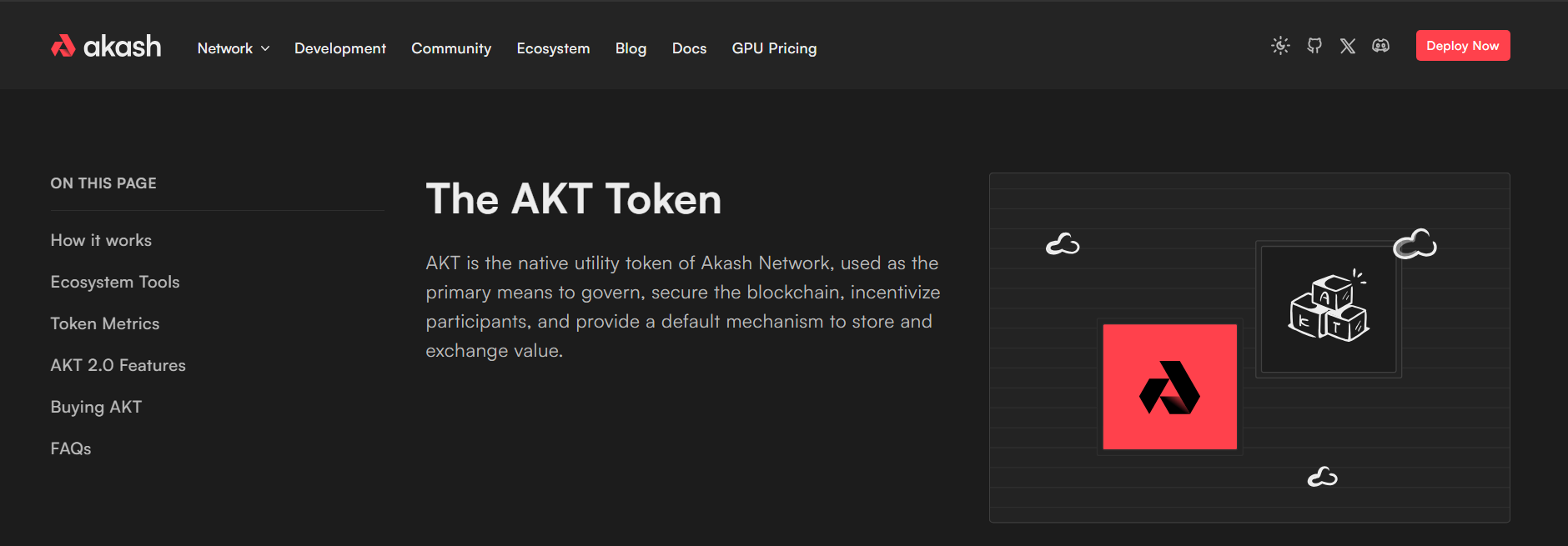
This decentralized cloud marketplace allows users to lease computing resources from providers directly, bypassing centralized cloud giants. Akash leverages blockchain technology to record requests, bids, leases, and settle payments securely within its ecosystem. Notably, Akash recently integrated GPU computing into its marketplace, catering to the growing needs of AI developers.
- Price: $2.93
- Marketcap: $708 Million
2. Bittensor Tao (TAO):
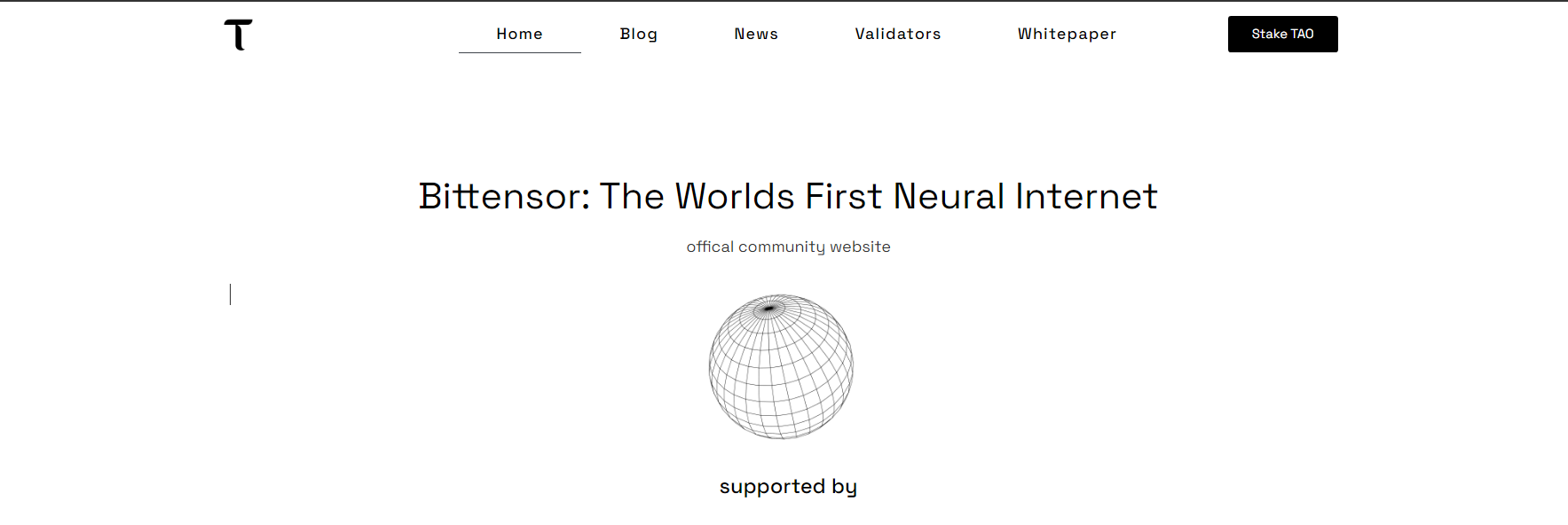
Envisioning a decentralized AI industry, Bittensor utilizes blockchain to create an open and collaborative ecosystem. It aims to foster the continuous development of new machine learning (ML) models and AI frameworks through a “bottom-up” approach. This decentralized marketplace encompasses compute resources, data storage, processing, and oracles, empowering participants to contribute and benefit from a collective AI infrastructure.
- Price: $284.64
- Marketcap: $1.98 Billion
3. Filecoin (FIL):
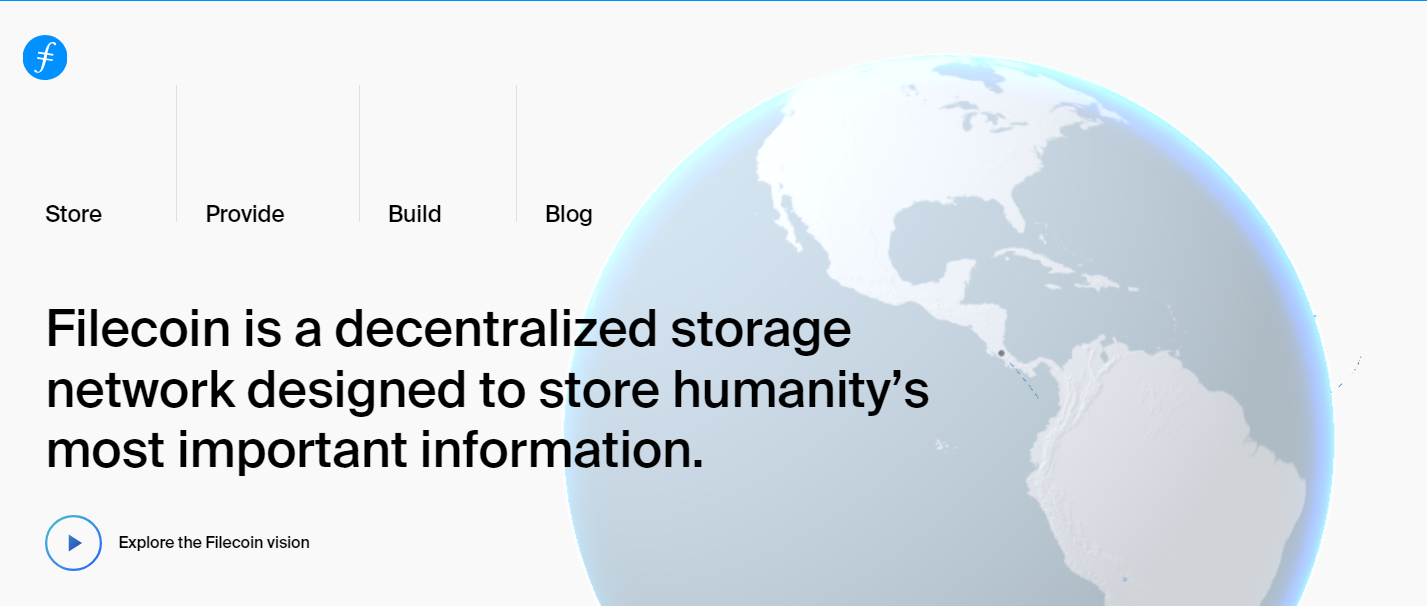
Addressing the need for secure and reliable data storage solutions, Filecoin leverages blockchain technology to create a decentralized storage network. Users can rent out their unused storage space and earn cryptocurrency in return. Filecoin’s distributed network of storage providers ensures data security, redundancy, and constant availability.
- Price: $4.33
- Marketcap: $2.44 Billion
4. Render (RNDR):
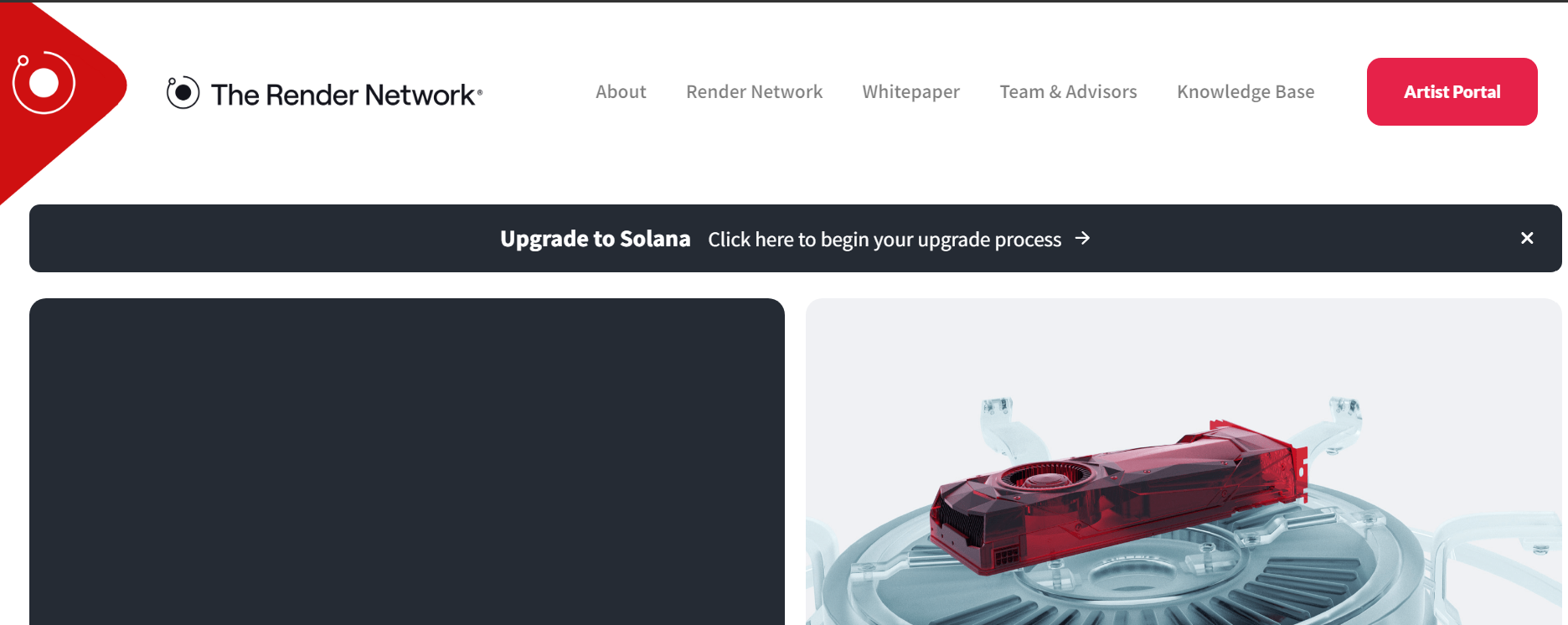
Focusing on the burgeoning field of 3D rendering, Render offers a DePIN project specifically designed for GPU-based rendering solutions. It connects artists and studios with node operators who want to monetize their idle GPU power. This creates a win-win situation: artists gain access to scalable rendering capabilities, and node operators earn rewards for contributing their resources. Render expands its functionality by offering a platform for artists and developers to build services and applications within its ecosystem.
- Price: $7.39
- Marketcap: $2.86 Billion
5. The Graph (GRT):
While not strictly a DePIN project, The Graph plays a crucial role in the DePIN landscape. This decentralized protocol focuses on indexing and querying vast amounts of blockchain data, making it easily accessible and searchable. The Graph Explorer empowers developers to efficiently find and utilize public data, a critical component for building decentralized applications (dApps) that interact with DePIN networks and other blockchain-based ecosystems.
- Price: $0.02141
- Marketcap: $2.05 Billion
Conclusion:
DePINs represent a paradigm shift in infrastructure development. By leveraging blockchain technology to incentivize community participation and resource sharing, DePINs pave the way for a more democratic, efficient, and cost-effective approach to building and managing essential infrastructure.
The DePIN ecosystem is still in its early stages, but the potential is undeniable. Projects like Akash, Bittensor, Filecoin, and Render illustrate the diverse applications of DePINs and their ability to disrupt traditional models across various sectors.

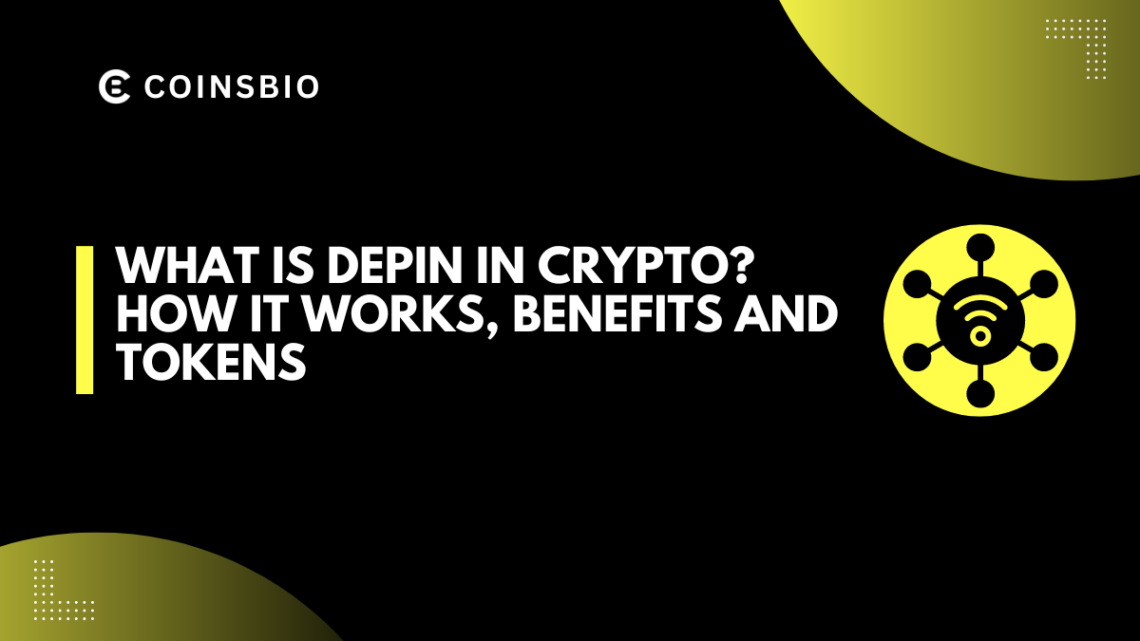
Add a Comment